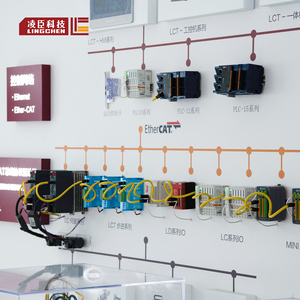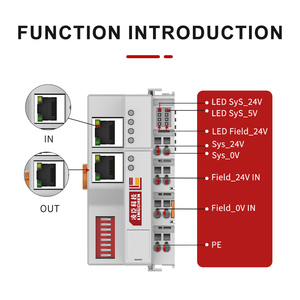Introduction to PCIe Communication
PCIe communication, short for Peripheral Component Interconnect Express, is a high-speed interface standard designed to connect various hardware components within a computer. By enabling rapid communication between the motherboard and attached peripherals, PCIe has revolutionized data transfer capabilities, particularly in applications requiring significant bandwidth, such as gaming, server management, and data processing. As technology continues to advance, understanding the nuances of PCIe communication is essential for both manufacturers and end-users to maximize performance and efficiency.
Types of PCIe Communication
There are various types of PCIe communication that cater to different performance needs and hardware configurations. Here are the primary types:
- PCIe 1.x: The original standard, offering bandwidth of 2.5 GT/s (Gigatransfers per second) per lane, with minimal adoption in modern systems.
- PCIe 2.x: Doubled the bandwidth to 5 GT/s per lane, becoming commonplace in servers and workstations for enhanced throughput.
- PCIe 3.x: Introduced features enhancing performance, it provides 8 GT/s per lane, significantly benefiting applications requiring large data transfers.
- PCIe 4.0: Offers double the bandwidth of PCIe 3.x at 16 GT/s, facilitating faster communication for cutting-edge graphics and storage solutions.
- PCIe 5.0: The latest standard, achieving 32 GT/s per lane, ideal for next-generation applications such as high-performance computing and machine learning.
Function, Feature, and Design of PCIe Communication
PCIe communication boasts several critical functions and features that enhance its operational efficiency, including:
- Scalability: PCIe supports multiple lanes (x1, x4, x8, x16) to accommodate varying levels of data transfer needs, allowing users to customize their setups according to performance requirements.
- Low Latency: PCIe's architecture minimizes delays in data transmission, ensuring smooth and rapid communication between components for real-time applications.
- Full-Duplex Communication: Unlike many older standards, PCIe can send and receive data simultaneously, optimizing bandwidth usage and improving device response times.
- Backward Compatibility: PCIe communication is designed with compatibility in mind, allowing newer PCIe devices to operate in older systems, albeit at the lower speed of the older standard.
- Streamlined Design: The PCIe form factor ensures easy integration with various motherboard designs and configurations, promoting straightforward installation and expandability.
Applications of PCIe Communication
The application of PCIe communication spans a wide range of industries and use cases. Here are some key areas where it plays a critical role:
- Gaming: High-speed communication allows gaming PCs to leverage advanced graphics cards and SSDs, providing a seamless gaming experience with reduced load times.
- Data Centers: PCIe communication is vital in servers for fast data transfer between storage devices and processors, optimizing cloud services and virtualization.
- Machine Learning: In neural networks, fast data handling is essential; PCIe communication supports GPU acceleration, allowing algorithms to process data more efficiently.
- Video Editing and Production: High-bandwidth applications benefit from PCIe communication to handle large video files in real-time editing environments efficiently.
- IoT Devices: As more IoT devices require effective data processing, PCIe provides the necessary backbone for rapid communication in interconnected environments.
















































